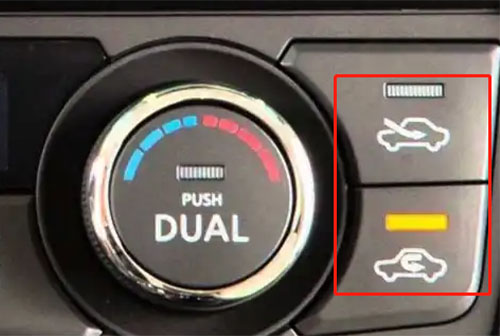Release Date : 2024-07-08
During driving, there are many experiences to learn, such as learning to use lights reasonably in various situations. For example, when driving on a highway, the car behind turns on the high beam, which is a wrong way of operation. Strong high beams will cause dizziness to the driver of the car in front, and even make it difficult to see the road ahead. When there is a car in front, remember not to turn on the high beam. When driving, other vehicles will flash their lights to remind you, and try to understand what others mean as much as possible. You must be familiar with the "light language" when driving. "Flash once, flash twice, and flash three times" all have different meanings.
Flash
Drivers who can drive know how to use car lights and know to turn on the corresponding lights at the right time. When driving, if the front view is blocked, especially at night, you need to use lights to remind oncoming vehicles and pedestrians, prepare in advance, and ensure your own safety. There are different ways to flash lights. First, let me introduce the first way to inform the other party by flashing. If it is an oncoming car, it is likely to remind the driver to turn off the high beam. In addition, when encountering a large angle turn, some experienced drivers will also flash their lights, so that the risk factor at that time can be minimized. When friends who understand see the flashing lights, they will know that there is a car passing.
Flash twice
When the headlights of the vehicle behind flash twice, it is probably telling the car in front: I am going to overtake, you'd better stay where you are, or drive to the right, and leave space for my speed. Flashing lights are not particularly clear and clear during the day, but they are very effective at night. Especially on the highway, you can always encounter some slow-moving vehicles, and you can only tell the other party by flashing your lights to speed up or give way. As drivers, they also basically understand the meaning of flashing twice, and when encountering this situation, they will also make avoidance.
There is another situation, which is also flashing the lights twice. On some rural roads, you may encounter narrow road conditions, and even only one car can pass. When two cars meet and drive in opposite directions on a road. Pay attention to the lights. If the opposite vehicle flashes its lights twice in a row. He is expressing that he hopes you can stop at a suitable roadside to give way, because the road on his side cannot be stopped and is too narrow. Understand the meaning and give way in time, otherwise someone will have to reverse after meeting.
Flash three times
If the car behind you flashes three times in a row, as a driver, you should pay attention, because the flashing lights are a reminder to pay attention to safety, which can be understood as a safety warning light. It is likely that something happened in the car behind you or the owner's home, and they are in a hurry to get on the road. Please dodge the car in front as the speed is too fast. After understanding these possibilities, the car in front should respond in time, slow down and drive forward, or give way to this car to put yourself in a safer state.
Driving not only requires learning to control the vehicle, but also learning to understand the signals given by other vehicles on the road. Different flashing methods represent different light languages. Only by understanding and reading them can you know the meaning of the expression. It can also help yourself drive the vehicle more safely on the road. Car drivers need to be responsible for themselves and others. When driving on the road, safety always comes first. Especially the third type of light, you must remember it, which can avoid a car accident at a critical moment.

.jpg)
.jpg)
.jpg)

.jpg)


.jpg)
.jpg)

.jpg)



